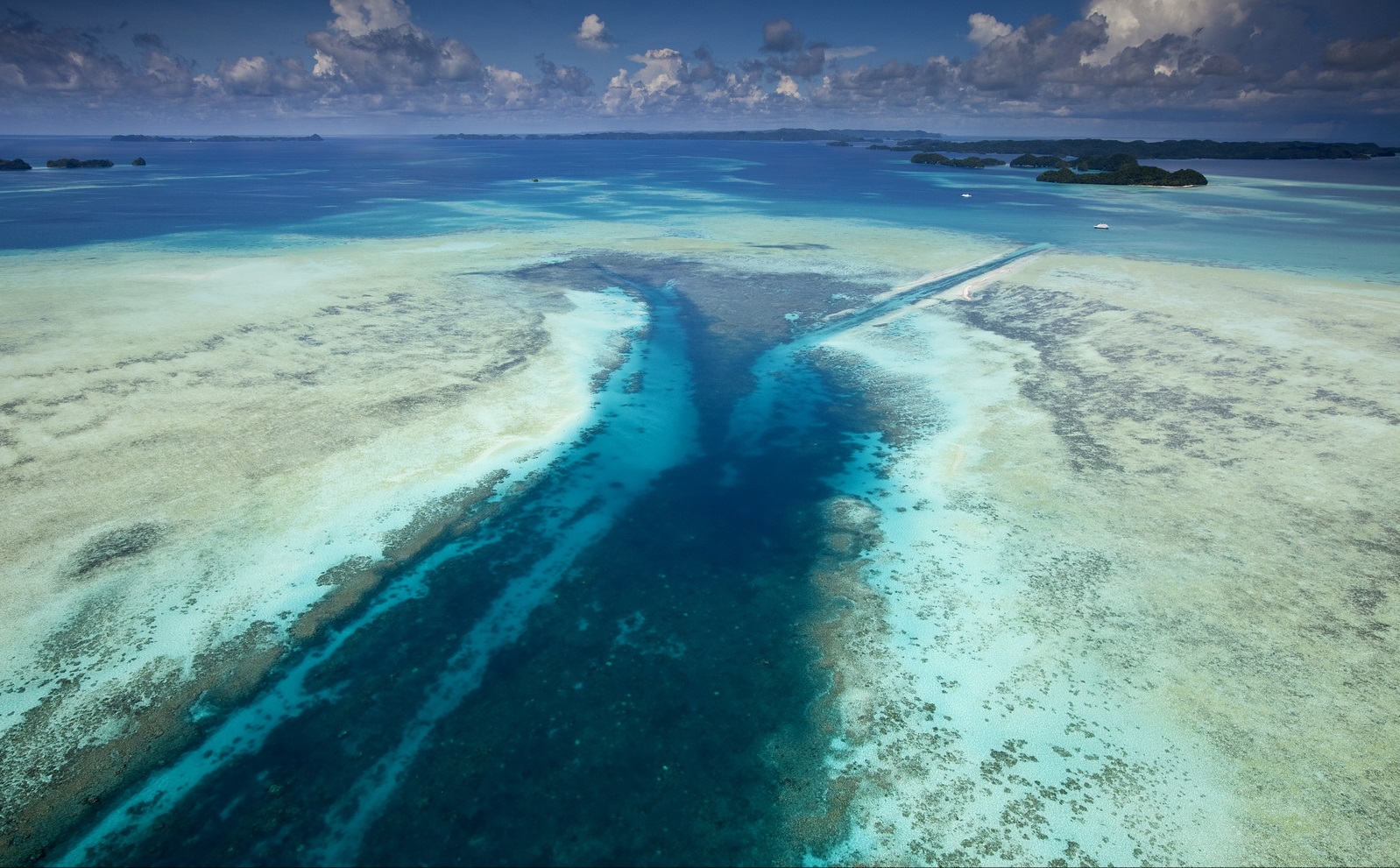Palau
Overview
Conservation in Palau extends back for thousands of years and is an integral part of Palauan culture. Palau has a growing and robust environmental sector, comprised of government, nonprofit, academic, and business partners. There are recognized and supported links between traditional and modern practices and governance systems. For decades, political administrations have recognized the importance of the natural environment to Palau, and numerous environmental laws and offices exist at national and State levels. There are multiple pathways for conservation, such as using protected areas to conserve threatened species and areas of high biodiversity, and broader Sustainable Land Management beyond protected areas.
Throughout history Palauans have established protected areas using traditional systems. In 1956 the government established Ngerukewid Conservation Area as its first formally protected area. Since then Palau’s communities have established many more protected areas. In 2015 there were 46 discrete marine and terrestrial protected areas, 34 of which were PAN sites. This included 1,331 km2 of nearshore marine habitat (46% of Palau’s total nearshore marine area), 22 km2 of mangrove (approximately 46% of Palau’s total mangroves), and 90 km2 of terrestrial habitat (approximately 22% of Palau’s total terrestrial habitat). Each of Palau’s 16 States has legislated or traditionally decreed protected areas.
Palau Protected Areas Network ACT was passed in 2003 in response to the Palau National Government recognizing the critical need to establish a nationwide system to support states efforts in protecting Palau’s unique natural resources. To date, states throughout Palau has established 35 MPA , encompassing all major habitat types. Not all are part of the network. Palau relies heavily on coral reefs for ecosystem services, food, and livelihood, including tourism income from diving.
In 2015 Palau National Marine Sanctuary Act (PNMS) was enacted into law. This act mandates the closure of 80% of Palau’s Exclusive Economic Zone (EEZ) to commercial fishing and all extractive activities by 2020. The remaining 20% of the EEZ is to be a highly-regulated Domestic Fishing Zone open to traditional fishers and to commercial, domestic fishing fleets. Regulation of this Domestic Fishing Zone is intended to combat illegal, unreported and unregulated (IUU) fishing and enhance sustainable food supplies to Palau’s local market. The PNMS provides for the broader context for marine spatial planning of Palau’s EEZ.
TNC Role
- Facilitation
- Science/technical expertise
- Financing
TNC has provided process support for community-based MPA planning, conservation planning, and protected areas evaluation. In 2006, TNC conducted an ecoregional assessment for the Protected Areas Network, identifying a suite of conservation targets. In 2012, TNC led a process to design the Palau Protected Areas Network. TNC is currently working with the Palau Ministry of Natural Resource Environment and Tourism on MSP for the Palau domestic fishing zone. TNC also provided financing and technical support for the Micronesia Challenge Initiative, including $2M to the Palau Endowment. TNC has also provided financial support for implementation of the Protected Areas Network, and for the implementation of the Palau National Marine Sanctuary.
Project Partners
Lead Institution: Palau National Government, Ministry of Natural Resource Environment and Tourism
Other Partners: Palau International Coral Reef Center, James Cook University-Queensland, AU
Status
The ecoregional assessment was completed in 2006. The PAN design was completed in 2015. Planning for the Palau marine spatial planning in the domestic fishing zone is currently underway.
Fact Sheets and Links
- Ecoregional Assessment
- Protected Area Network Status Report
- Protected Area Network Status Report – Appendix
- Marine Biodiversity and Protected Areas in Palau
Contact
Steven Victor
Micronesia Program Director
Email: svictor@tnc.org
Photo credit: © Ian Shive

